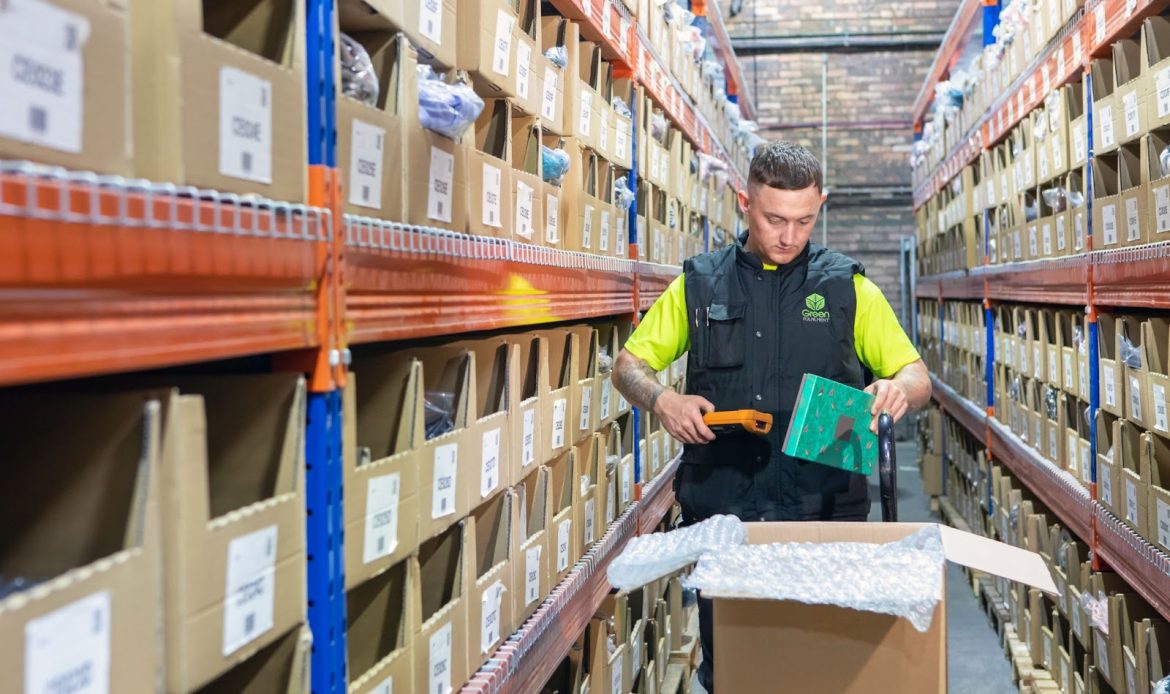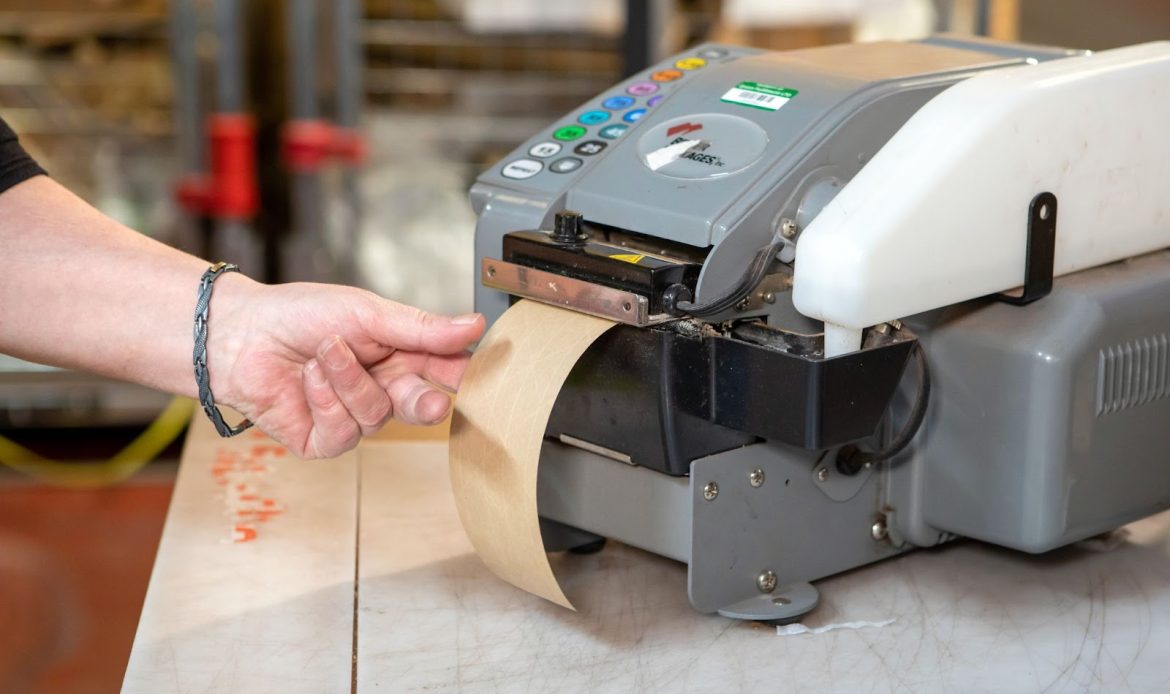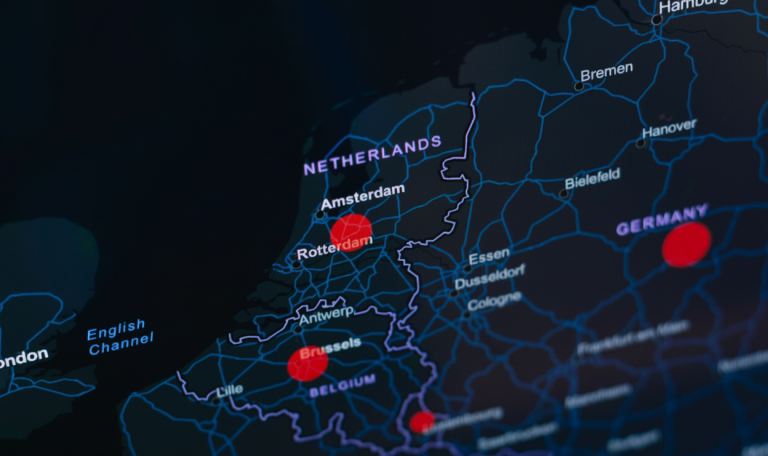Hosting a dinner party requires careful planning, anticipating how many guests will attend, what they’ll want to eat, and how much food to prepare. Get it wrong, and your guests might go hungry, or you could end up with an excess of leftovers. Now, scale that challenge to a global company like Apple. Steve Jobs famously remarked that Apple’s task was to “read things that are not yet on the page.” In essence, demand forecasting is about predicting customer desires before they even know them.
We will break down demand forecasting in the succeeding sections, but to give you a brief idea, demand forecasting is all about making data-driven decisions for sales predictions, customer interest, and order volumes.
Demand forecasting helps your business meet customer expectations, save money, and optimise its supply chain. Inaccurate demand forecasting can lead to stockouts, dissatisfied customers, and missed revenue opportunities.
As competition in e-commerce grows, the accuracy of forecasting demand becomes a key differentiator.
This article explores the significance of demand forecasting, highlighting its impact on inventory management, logistics, and e-commerce fulfilment. By understanding the methods and techniques involved, fulfilment centres can refine their processes, reduce costs, and improve customer satisfaction.

What is Demand Forecasting and Why Does it Matter?
Demand forecasting is usually measured in sales, so demand forecasting is the process of estimating how much demand there will be for a product in the future.
Accurately forecasting demand can fill up your inventory and it lets you fulfil all the customer orders for that product without accidentally overstocking. Demand forecasting forms the foundation of inventory planning, prevents missed sales opportunities, and minimises excess inventory that could tie up capital and warehouse space.
BlackBerry’s downfall is a classic example of inaccurate forecasting in the late 2000s. After the iPhone launched in 2007, the company underestimated the shift toward touchscreen devices and app ecosystems. The company inaccurately assumed that their QWERTY keyboards and corporate clients would keep them on top, leading to the overproduction of outdated products and declining sales. By 2016, BlackBerry had lost nearly all its market share and had to shift to software and security solutions.
By integrating forecasting with inventory management, fulfilment centres can align their processes with consumer needs to boost efficiency and profitability.
Different Types of Demand Forecasting Techniques and Methods
There are six main types of forecasting techniques:
- Macro-level demand forecasting accounts for external factors, general economic conditions, and other broad factors that disrupt commerce. Factors like this keep your business in the loop and help you stay informed about market research, business expansion opportunities, and other changes in the market.
- Micro-level forecasting tends to be specific to a particular industry, business, or customer segment.
- Short-term forecasting aims to predict demand within 12 months or less. Forecasts like these inform your business’ day-to-day operations and inventory management.
- Long-term demand forecasting predicts demand over a longer period, usually 1 year or more.
- Active demand forecasting focuses on services or goods that customers are actively looking for. It’s important to ensure that high-demand items are always in stock, and it guides marketing strategies around these products.
- Passive demand forecasting focuses on products or services that aren’t in demand. It can help you plan a strategy around them to stimulate demand or manage inventory around these low-demand items.
There are different ways that businesses and fulfilment centres can do demand forecasts to ensure accurate predictions. The demand forecasting methods can be categorised into qualitative and quantitative approaches, and each approach serves specific business needs
Qualitative Methods
Qualitative forecasting is dependent on expert opinions, market research, and consumer feedback. Where historical data may be limited, qualitative methods are useful when your business is planning to launch new products or enter new markets.
By gathering insights from industry professionals, fulfilment centres can anticipate demand trends and adjust inventory accordingly.
Quantitative Methods
Quantitative forecasting uses historical data and statistical models to predict future demand. The common techniques are:
- Time-series analysis: It analyses past sales data to identify patterns and trends over time. For example, when a retailer looks at sales data from the previous years during the holiday season, they can predict similar trends in the upcoming year, helping them plan for peak demand.
- Regression analysis: This involves examining relationships between variables, such as price changes and demand fluctuations. This method is widely used by retailers to predict how discounts or marketing efforts will influence sales. Like when a retailer reduces the price of a popular product, regression analysis helps forecast how the price drop will increase sales, allowing the business to adjust inventory and marketing strategies accordingly.
- The use of machine learning algorithms. This method uses advanced data analytics to forecast demand with greater precision. Machine learning algorithms continuously improve by analysing vast amounts of data and identifying patterns that traditional methods might overlook. Large e-commerce businesses and fulfilment centres use machine learning to refine forecasts and maintain optimal stock levels during peak seasons.
A combination of qualitative and quantitative methods delivers comprehensive forecasting that improves demand forecast accuracy.

How Can Demand Forecasting Benefit Inventory Management?
Inventory management is a key part of a fulfilment centre’s operations, and demand forecasting plays a big role in its success.
Aligning Stock Levels With Demand
Accurate inventory forecasting means ensuring stock levels match projected demand. When this alignment is off, fulfilment centres either end up with too much stock, increasing storage costs, or too little, resulting in lost sales and unhappy customers.
Strategic Reordering
Reordering inventory based on demand projections helps fulfilment centres avoid unnecessary holding costs and prevents disruptions in the supply chain. By anticipating demand, businesses can schedule reorders strategically, minimise lead times, and maintain consistent stock levels.
More Space in Warehouses
Demand forecasting also enhances demand forecast accuracy, so there is better space utilisation within the fulfilment centre. Products with higher projected demand are prioritised, so they are easily accessible for rapid order fulfilment, while slow-moving items can be stored in less accessible areas to maximise the efficiency of warehouse operations. This means spending less time retrieving products, speeding up the fulfilment process while reducing labour costs.
Preparing for Seasonal Peaks and Market Changes
Forecasting also helps a business anticipate seasonal trends and market shifts. Using this information, fulfilment centres can proactively manage inventory during peak periods. Think of how a fulfilment centre prepares for the holiday season by stockpiling popular items in advance to prevent stockouts and the logistical challenges of last-minute reorders.
Smoother Procurement and Supplier Coordination
By forecasting demand properly, you can also ensure a smoother procurement process. Suppliers benefit from accurate forecasts by adjusting their production schedules, ensuring timely delivery of products. This mutual benefit strengthens supplier relationships and enhances the overall resilience of the supply chain.
Competitive Advantage
A fulfilment centre that leverages robust forecasting techniques is better equipped to handle market fluctuations, sustain growth, and maintain a competitive edge in the fast-paced e-commerce landscape.
Demand Forecasting in Logistics and E-commerce Fulfilment
Demand forecasting is just as important in logistics as it is in inventory management, helping optimise the supply chain. By accurately predicting demand, businesses can ensure smooth product movement from suppliers to fulfilment centres and customers. It allows e-commerce businesses to prepare for peak periods like holidays, adjust logistics and inventory, and optimise delivery schedules. This reduces shipping costs, enhances the customer experience, and ensures products are available when and where they’re needed. In turn, it helps businesses stay competitive by minimising disruptions and aligning operations with market demand.
Common Challenges Encountered in Demand Forecasting
Despite its benefits, several challenges come with demand forecasting. And these challenges can undermine forecasting efforts, which lead to inefficiencies and increased operational costs.
- Unpredictable Demand Patterns: If demand were stable, relying on historical data would be enough to do demand forecasting since future sales would only follow predictable patterns that are experienced in the past. But since most demand is inconsistent, forecasting demand becomes a challenge.
- Disruptions in the External Market: Economic shifts, political instability, and disruptions to the supply chain are external factors that can lead to forecasting errors. It is important to incorporate external data, like market trends, and adjust the demand forecasting to account for these.
- Siloed Systems: Plenty of businesses rely on disconnected legacy systems. It results in disjointed information instead of consolidated data. There’s the risk that information could be left out. An integrated system combines customer relationship management, enterprise resource planning, and external data to provide a holistic view of demand.

Demand Characteristics and Forecasting Approaches
Forecasting varies significantly depending on the nature of the product. Products with stable demand, like basic household goods, often benefit from historical data and time-series analysis, as their sales patterns tend to remain predictable.
In contrast, products with volatile demand, such as trending gadgets, require real-time data and predictive analytics to adapt to sudden shifts. Forecasting for new products is particularly challenging due to a lack of historical data; businesses typically rely on market research and comparable product analysis.
Established products, however, have rich data to refine projections. Seasonal products, like winter apparel, demand highly specific forecasting models that account for annual cycles, while non-seasonal products, like office supplies, require steadier methods. For example, a retailer selling umbrellas may use weather data to predict demand spikes, whereas a company producing toothpaste can rely on more consistent sales patterns.
What are some strategies that you can implement to overcome forecasting challenges?
1. Use algorithm-based technology
Technologies like these analyse multiple demand patterns and distinguish stable and fluctuating demand predictors. It’s capable of analysing large amounts of historical data and variables like weather patterns, seasonality, and economic factors.
Advanced technologies can adjust forecasts to match demand changes in real-time, reducing the need for manual input and minimising errors. For example, order fulfilment software, like Green Portal, can play a vital role in inventory management by offering real-time visibility into stock levels and order movements, enabling businesses to respond quickly to changing demand.
2. Frequently forecast demand
Doing demand forecasting regularly allows early detection of demand changes. And when you can detect changes early, you can respond to any emerging trends quickly. The benefits include:
- Better agility. Businesses can respond to sudden market changes quicker.
- Better workforce planning. Frequent forecasting lets you quickly adjust staffing levels in response to short-term shifts.
- Better inventory management. When businesses can stock the right inventory amount, they can meet demand without wasting resources.
3. Seamless staff collaboration
Close cooperation between different departments – sales, operations, logistics, etc -can support a more accurate forecast. Each department, or staff personnel in-charge, can bring insights that complement quantitative data.
Think of how sales teams or customer service teams have access to customer feedback and sales trends. Emerging preferences, buying patterns, and customer concerns can provide essential context for demand projections, and so can upcoming marketing campaigns, promotions, and market conditions. Your logistics or order fulfilment team can deliver insights on production lead times, supply chain constraints, and inventory levels.
What Does The Future of Demand Forecasting Look Like?
The future of demand forecasting is being shaped by new technology and changing consumer habits. AI-powered tools and predictive analytics are making it easier for fulfilment centres to predict demand with more accuracy than ever before. These tools allow businesses to analyse data in real time, helping them spot trends and shifts in the market that might be missed with old methods. Plus, machine learning algorithms constantly improve forecasts by adding new data, which helps fulfilment centres stay on top of changes and avoid stock outs or overstocking.
On top of that, the use of Internet of Things (IoT) devices is taking forecasting to the next level. IoT tracks things like inventory levels, order speeds, and customer buying patterns, feeding all that data into forecasting systems to make predictions even more precise. Another exciting trend is collaborative forecasting, where fulfilment centres share data with suppliers, logistics providers, and retailers. This teamwork helps build better demand models, allowing businesses to adapt faster and proactively manage inventory. Ultimately, demand forecasting is heading toward a smart mix of technology, data, and human insight to give customers a consistently great experience.

Optimise Your Fulfilment Operations with Smarter Demand Forecasting
Demand forecasting is a cornerstone of efficient fulfilment centre operations, driving better inventory management, streamlined logistics, and seamless order fulfilment.
With accurate demand forecasting, your business can optimise resources, cut costs, and boost customer satisfaction. It’s a key factor in staying competitive and ensuring the success of your fulfilment operations. By investing in advanced forecasting tools and techniques, your business can stay ahead of market trends and build a supply chain that’s both resilient and responsive.
Green Fulfilment makes demand forecasting simple and scalable with Green Portal’s advanced inventory tracking and management tools. Whether you’re a small business or scaling rapidly, we’ll help you meet customer needs while maximising profitability. Contact us to learn more about how we can transform your fulfilment operations.



